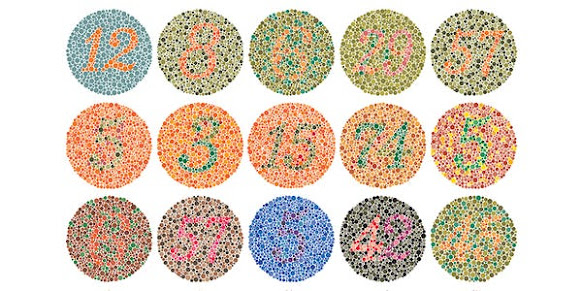Colour vision deficiency

Colour vision deficiency is the inability to distinguish certain shades of colour. The term "colour blindness" is also used to describe this visual condition, but very few people are completely colour blind. Colour vision is possible due to photoreceptors in the retina of the eye known as cones. These cones have light-sensitive pigments that enable us to recognize colour. Found in the macula (the central part of the retina), each cone is sensitive to either red, green or blue light (long, medium or short wavelengths). The cones recognize these lights based on their wavelengths. Normally, the pigments inside the cones register different colours and send that information through the optic nerve to the brain. This enables us to distinguish countless shades of colour. But if the cones don't have one or more light-sensitive pigments, they will be unable to see all colours. Most people with colour vision deficiency can see colours. The most common form of colour deficienc...